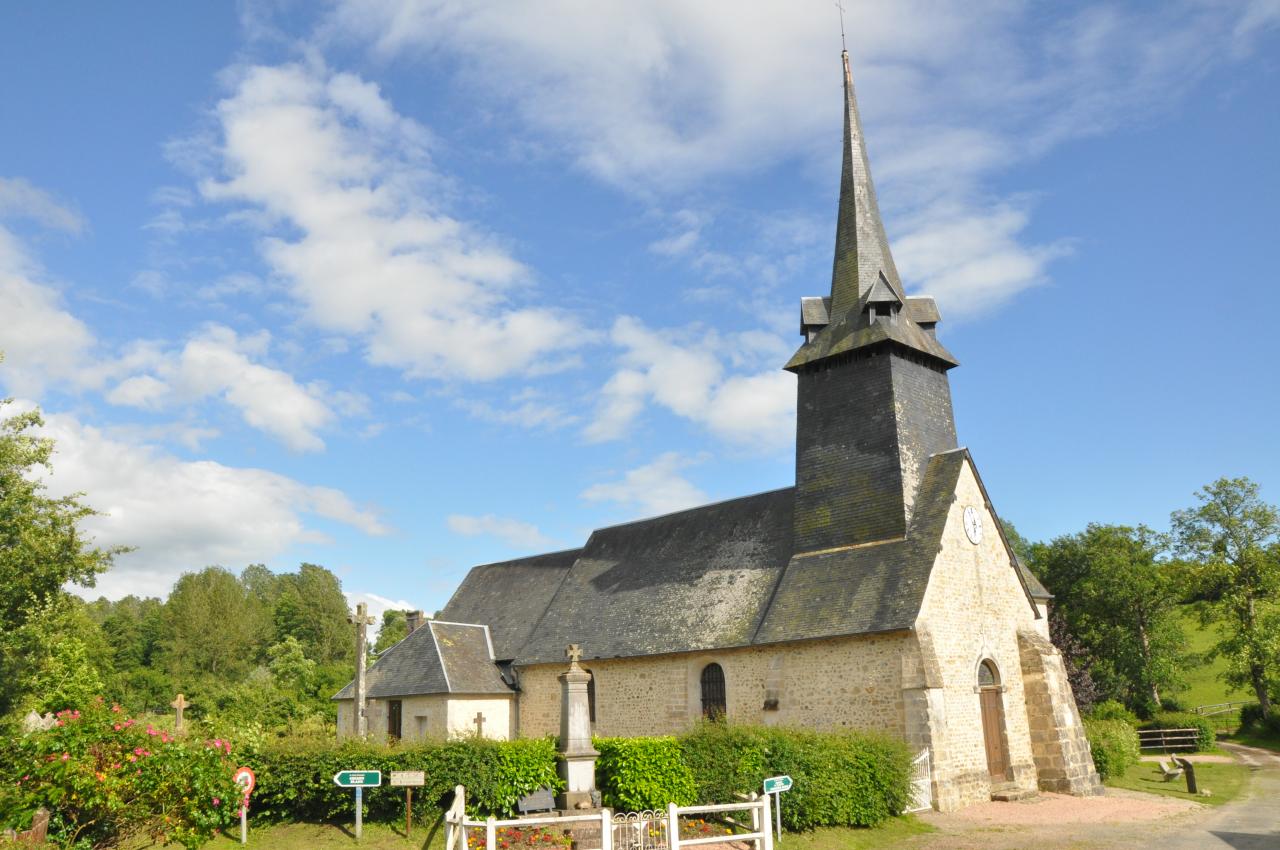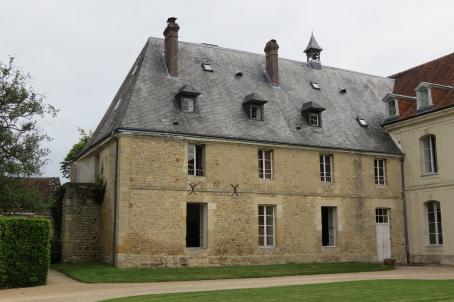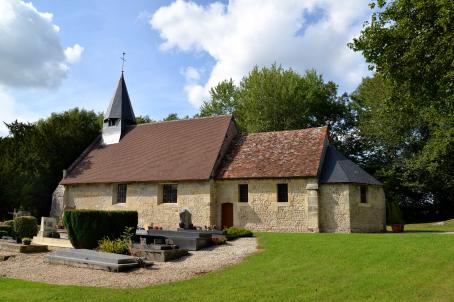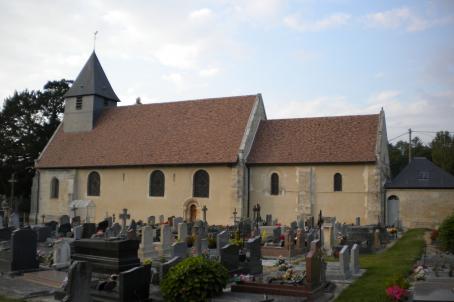Church of Saint-Martin
The church of Saint-Martin de La Roque-Baignard was originally built in the Romanesque period, it was largely rebuilt in the 16th and 17th centuries. The decorations and interior furniture date from the 18th century. The gabled western façade has a curved entrance. Two buttresses support the façade. The straight buttress is larger. A clock is placed at the level of the roof. Finally, the bell tower has a square base and four dormer windows are present on its roof.
About this building
For more information visit on this building visit https://apepa.blog/






